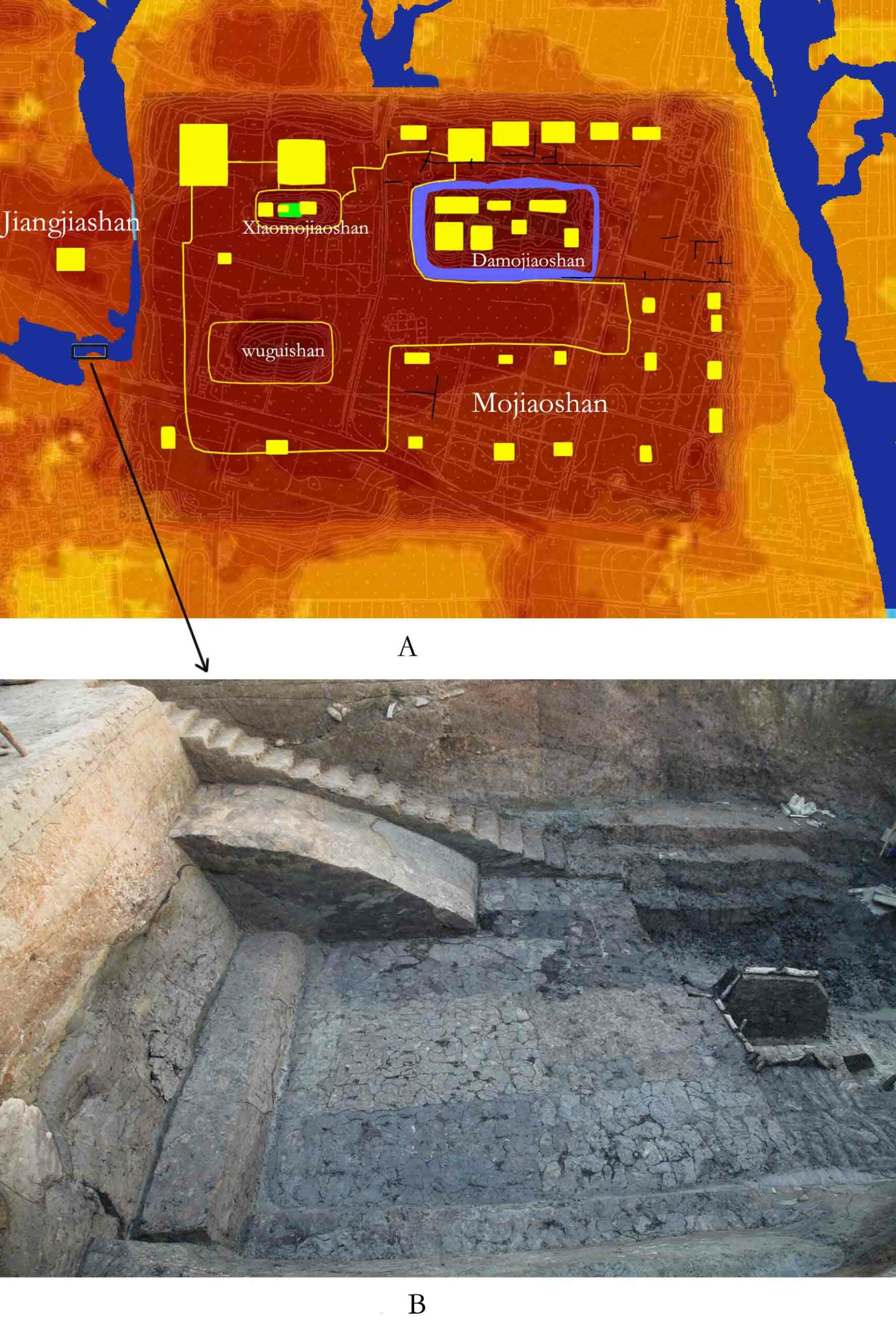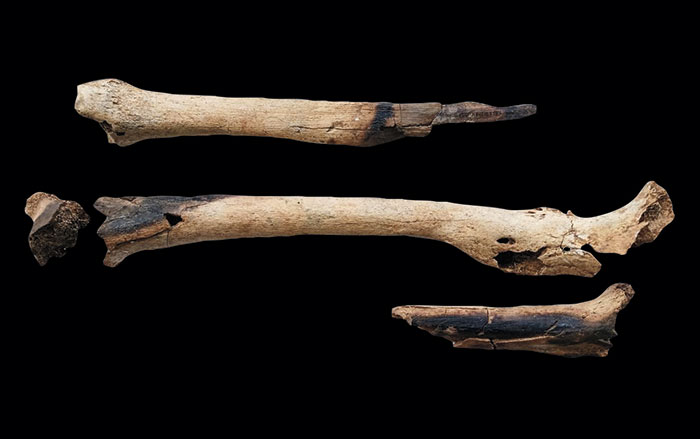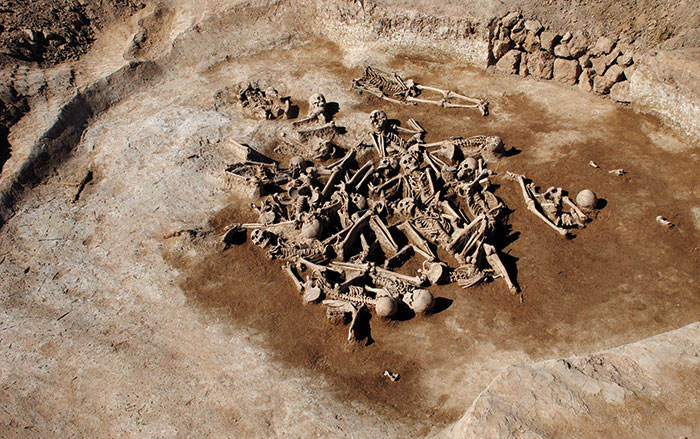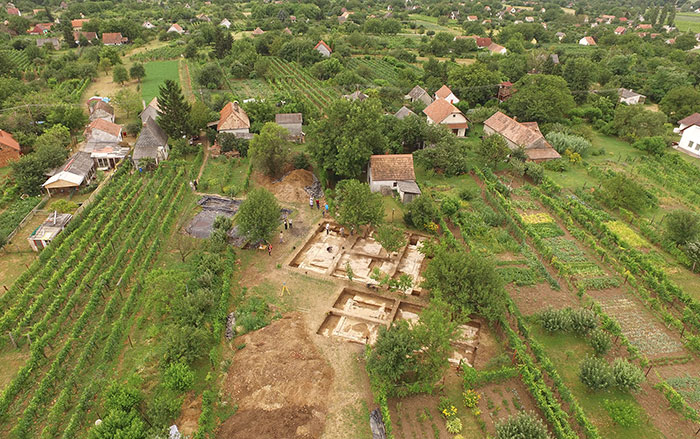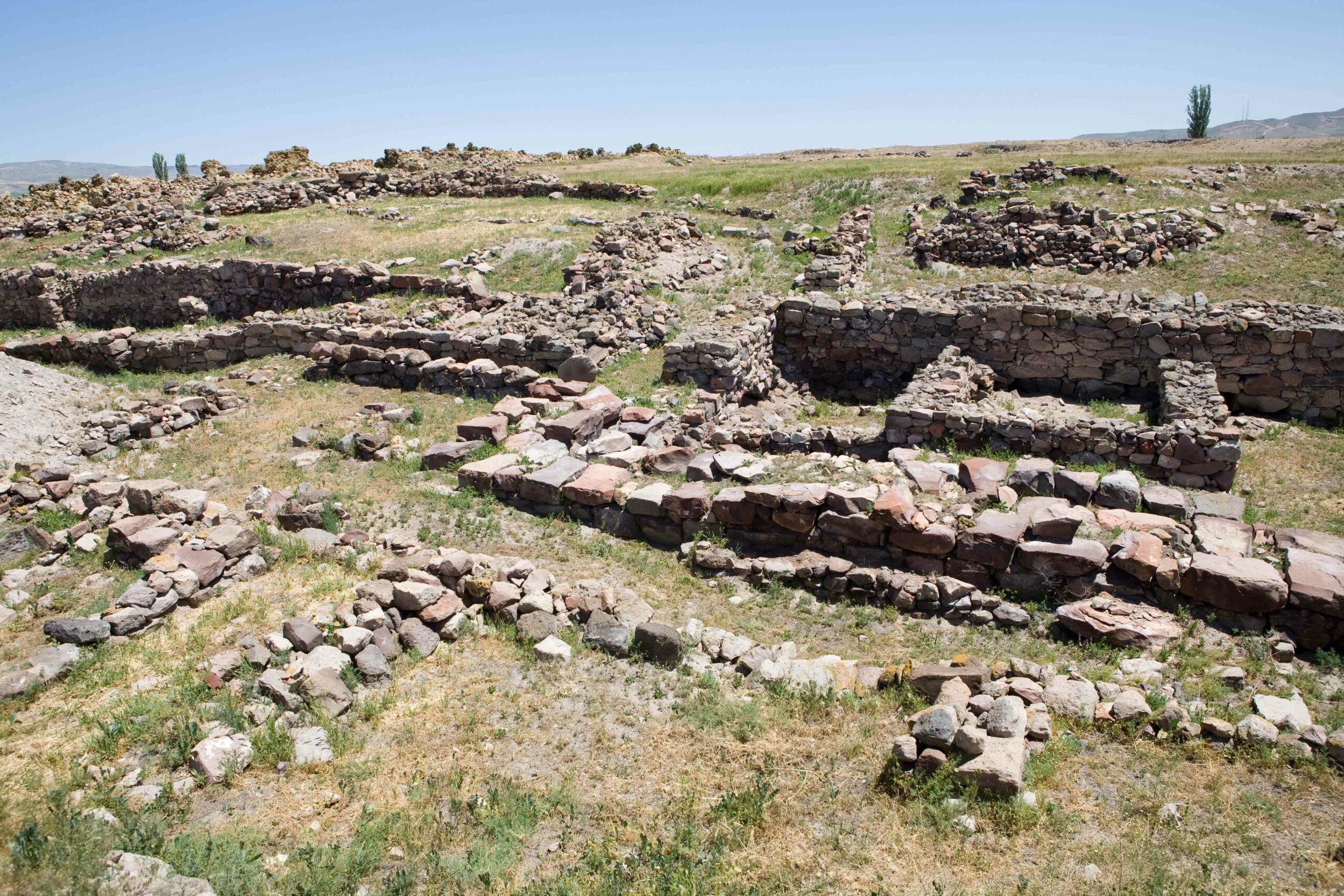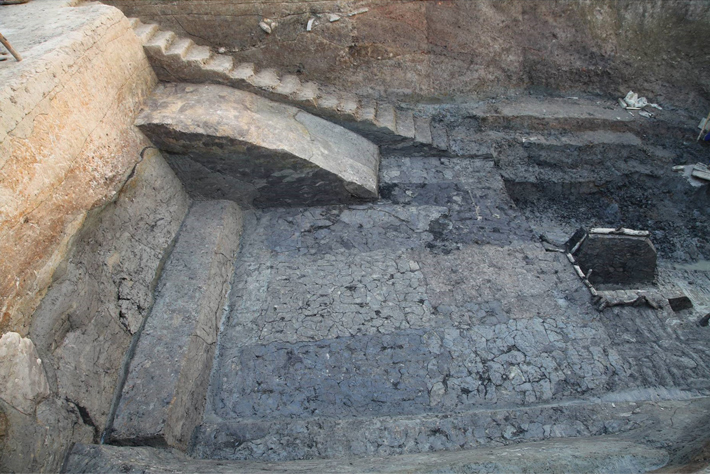
Natural disasters were a constant threat for people living in the ancient city of Liangzhu in China’s Yangtze Delta. The annual monsoons posed a severe risk of flooding, so the city’s residents constructed an extensive network of dams and reservoirs along with an enormous levee in and around the 740-acre settlement. “The sheer scale is really phenomenal—the scale of landscape transformation, the scale of labor mobilization, and the scale of rice farming as well,” says Yijie Zhuang, one of the project’s archaeologists, based at University College London. He believes that these constructions were used to irrigate rice paddies and transport stone and timber from the nearby mountains. The hydraulic complex consists of 51 canals in and around the city and 11 dams forming two reservoirs. All of this was accomplished between 5,000 and 4,800 years ago, during the Neolithic period, about 1,000 years before state-level societies capable of these kinds of massive public works were thought to have developed.
Liangzhu had an estimated 22,900 to 34,000 residents. Excavations there have been ongoing for the past few decades. Previous excavations have uncovered burials containing luxury items such as exquisitely carved jade artifacts, which indicate that the city was socially stratified. Liangzhu is not the only ancient site that suggests that complex societies were developing earlier than thought. Upstream on the Yangtze River, another ancient city, Shimao, may also have had large-scale construction projects around the same time.


